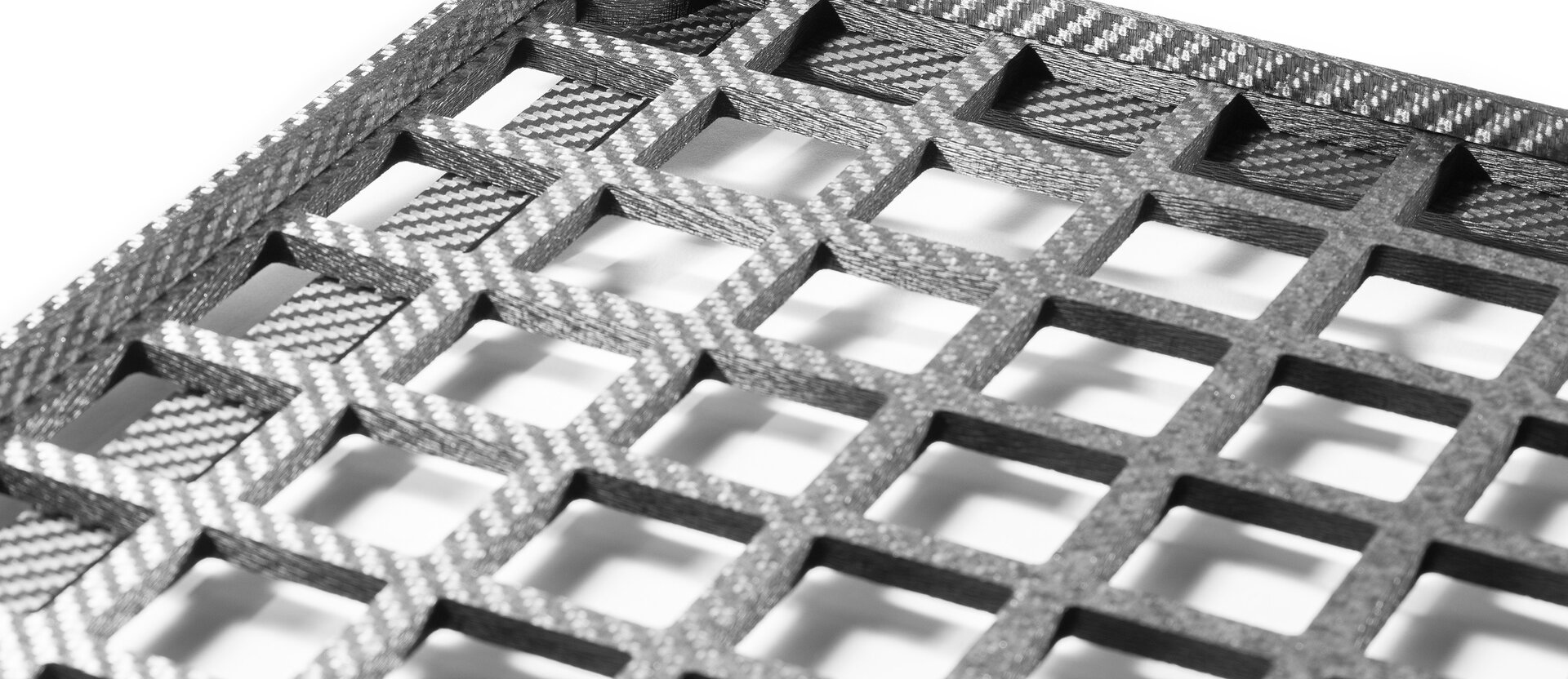Efficiency, range and autonomous charging solutions in focus
The arguments that electric vehicles are still too expensive, take too long to charge, have too short a range or always require a cable to be held for charging still deter many customers from buying an electric car. Similarly, the demands for more environmentally friendly mobility in the industrial sector also present companies with challenges. For example, for electric mobility to become an economically viable alternative for logistics companies, solutions are needed that not only ensure fast, reliable charging and long ranges, but can also be integrated into the depot in a space-saving way. Fortunately, the development of charging systems for electric vehicles is progressing rapidly. The range now includes not only manually operated charging systems, but also autonomous solutions.
Read on to find out which charging systems offer the most potential for which types of vehicles and how an underbody charging solution enables efficient and space-saving charging of passenger cars and e-trucks.

Overview of charging solutions for electric vehicles
By now, there are a wide variety of charging systems tailored to the needs of different vehicle types, ranging from passenger cars to electric buses and industrial and commercial vehicles. The broad selection includes everything from a simple household outlet to powerful fast-charging stations, as well as innovative, automated solutions such as underbody charging.
You can find an overview here:
| Term |
Technology |
Charging Power |
Application |
Description |
Potential |
|
Household socket (Schuko socket)
|
Conductive plug-in solution |
up to 2,3 kW |
Cars |
Widely used, but slow charging times, suitable as an emergency solution.
|
low |
| Wallbox |
Conductive plug-in solution |
3,7 kW to 22 kW |
Cars |
Ideal for daily use at home, safer and more efficient than normal sockets.
|
high |
|
Public charging stations
|
Conductive plug-in solution |
11 kW to 50 kW |
Cars |
Crucial for the broad acceptance of electric vehicles, available at many locations.
|
high |
|
Fast charging stations (DC fast charging)
|
Conductive plug-in solution
|
50 kW to over 350 kW |
Cars |
Important for long-distance driving, relatively short charging times.
|
very high |
|
Inductive charging (wireless charging)
|
Inductive solution |
3,6 kW to 11 kW (cars)
50 kW to 150 kW (e-trucks)
|
Cars, e-trucks |
Convenient and user-friendly, but still technological challenges and higher costs.
|
medium to high |
|
Mobile charging solutions (portable chargers)
|
Conductive plug-in solution |
up to 3,7 KW (cars), up to 50 kW (e-Trucks) |
Cars und e-trucks |
Flexible and useful for emergencies or remote locations, less efficient than fixed solutions.
|
medium |
|
High-Power Charging Stations (HPC)
|
Conductive plug-in solution |
150 kW to 500 kW |
Cars, light commercial vehicles |
Crucial for fast charging of e-trucks, especially on long-distance routes. |
very high |
| Phantograph Charging |
Conductive contact solution
|
150 kW to 1 MW |
E-trucks, e-buses, electric industrial vehicles |
Ultra-fast and automatic charging, ideal for fleets and public transport
|
high |
| Depot Charging |
Conductive plug-in or pantograph solution |
50 kW to 150 kW |
E-trucks, e-buses
|
Efficient for overnight charging or during longer periods of idle time in logistics centers.
|
hoch |
|
Megawatt Charging System (MCS)
|
Conductive plug-in solution |
over 1 MW |
E-Trucks und e-buses |
Extremely high charging power, still in development, enormous potential for heavy-duty |
very high |
| Underbody Charging |
Conductive solution |
1 MW |
Cars and e-trucks
|
Automatic charging through a charging device embedded in the ground, particularly user-friendly and space-saving, suitable for urban and private applications as well as logistics centers.
|
high |
The Underbody Charger as a charging system for electric cars and e-trucks
The Underbody Charger is an efficient charging solution that is suitable for both cars and trucks. The system offers a high-performance and space-saving way to efficiently charge electric vehicles by integrating the charging infrastructure into the ground. The automatic charging process can be completed in just a few minutes, even with a completely discharged battery, and can be easily integrated into the daily use of the vehicles.
How the Underbody Charger works
The Underbody Charger works by having the vehicle drive over a charging device embedded in the ground. The charging system extends, connects to the docking device built into the vehicle floor as soon as the vehicle is correctly positioned and automatically starts the charging process. With a charging power of up to 1 MW, the vehicle can be fully charged during normal loading and unloading operations without the need for additional charging breaks. After charging, the charging system retracts back into the ground so that the space can continue to be used.
How users benefit from the automated underbody charging system
- Space-saving: Integration into the ground means that no additional space is needed for charging stations. A clear advantage in confined urban areas and logistics centers.
- High charging power: With up to 1 MW of charging power, the Underbody Charger enables fast charging cycles, maximizing vehicle efficiency and uptime.
- Automation: No need to hold cables! The charging process is fully automatic, with no need for the driver to leave the vehicle or manually connect cables. This saves time and reduces the workload.
- Safety: Since no direct handling of high-voltage cables is required, the risk of accidents and electrical hazards is minimized.
- Flexibility: Suitable for both passenger cars and commercial vehicles, this system offers a versatile charging solution for various vehicle types and applications.
In these applications, the underbody charger scores
The Underbody Charger comes into its own wherever space-saving solutions and fast charging are required. The automated charging system is therefore particularly suitable for use in urban and industrial environments.
For example in:
- Urban logistics centers: Ideal for use in densely populated urban areas where space is a limited resource.
- Warehouses and depots: Enables efficient use of downtime while vehicles are being loaded and unloaded.
- Public Charging Station: The underbody charger can also be installed at public charging station for long haul logistics
This video clip shows exactly how the charging system for electric vehicles works.

Promising developments for attractive e-mobility
Even if long charging times, limited ranges and the handling of high-voltage cables still pose challenges, there are now promising developments for a wide range of requirements that have the potential to overcome these hurdles. Automated charging systems such as the Underbody Charger maximize efficiency by providing high charging power and space-saving installation in the floor. They offer a safe, automatic charging option, which is particularly advantageous in urban logistics centers and private garages. Overall, these developments are helping to make e-mobility economically viable and attractive.
FAQ Underbody Charger for e-trucks and e-cars
How long does it take to charge an electric vehicle with the underbody charging system?
Compared to plug-in solutions, autonomous charging with the Underbody Charger offers time savings of 75 percent. The charging power of 1 megawatt reduces the charging time for electric cars from 45 minutes to 10 minutes. For e-trucks, the charging time is 30 minutes instead of 2 hours.
How does fast charging affect the lifespan of batteries?
The Underbody Charger is designed for fast charging of modern batteries that can be charged at a rate of 3, 4 or 5C. With this battery standard, fast charging has no negative impact on the vehicle batteries.
How much does the on-board hardware weigh?
For our series product, the weight will be between two and three kilograms.
Where can I see the underbody charger working?
The Underbody Charger is used in a variety of projects. For example
- as a charging solution for electric cars for a logistics operator in Hanover,
- as a charging solution for e-trucks at a logistics center in Berlin and
- at the Fraunhofer Institute's test site for electric trucks in Dresden.
Interested in more information? Find all relevant brochures and documents on the dopic here.
Download now






